“I’d put it right alongside any of the classic Fender amps. I think it’s earned that right”: 30 years of the Blues Junior – the Fender combo that came, saw and conquered the tube amp market
Compact, affordable and full of Fender DNA, the Blues Junior celebrates three decades as one of the company’s most iconic and celebrated tube amp designs. This is its story

When Fender unveiled the Blues Junior in 1995, few could have guessed it would become one of the company’s most enduring designs.
The 15-watt model launched as part of the Fender’s ‘Tweed Series’, alongside the Blues Deluxe, Blues DeVille and Pro Junior, and was conceived as a compact, affordable way for working players to experience true Fender valve tone.
With its EL84-powered circuit and simple controls, it quickly became the go-to amp for gigging guitarists who needed something portable yet versatile enough to handle blues, country, rock and more.
Now, with 30 years of continuous production and a devoted following, the Blues Junior has become a phenomenon. It is no longer just the ‘affordable little brother’ of the Fender amp family and is arguably Fender’s best-selling tube amplifier of all time, appearing on countless stages, in studios and bedrooms and carving out a unique place in the company’s history.
For some, the Blues Junior will have been – or will become – their first tube amp; for others, it’s a trusted partner they’ve carried from gig to gig for decades.
To celebrate, Fender has introduced the Blues Junior IV 30th Anniversary, dressed in Western-tooled vinyl, ’59 Bassman grille cloth, a leather handle and loaded with a Celestion Creamback.
It doesn’t reinvent the wheel and it doesn’t need to. Instead, it celebrates what has made the Blues Junior so successful: portability, affordability, versatility and that unmistakable Fender tone.
All the latest guitar news, interviews, lessons, reviews, deals and more, direct to your inbox!
To reflect on the history, legacy and future of this modern classic, Guitarist sat down with Rick Heins, Fender’s senior product manager, for a deep dive into three decades of the Blues Junior.

Rick, take us back to the beginning of the process. What was Fender’s vision or mindset while the Blues Junior was being designed back in the mid-90s?
I wasn’t there for the very first version. I’ve only been at Fender for 21 years so the original design was Mike Lewis’s brainchild. Mike was an amazing player and mentor, and has his fingerprints all over Fender’s history, from the Custom Shop to Gretsch to ukuleles.
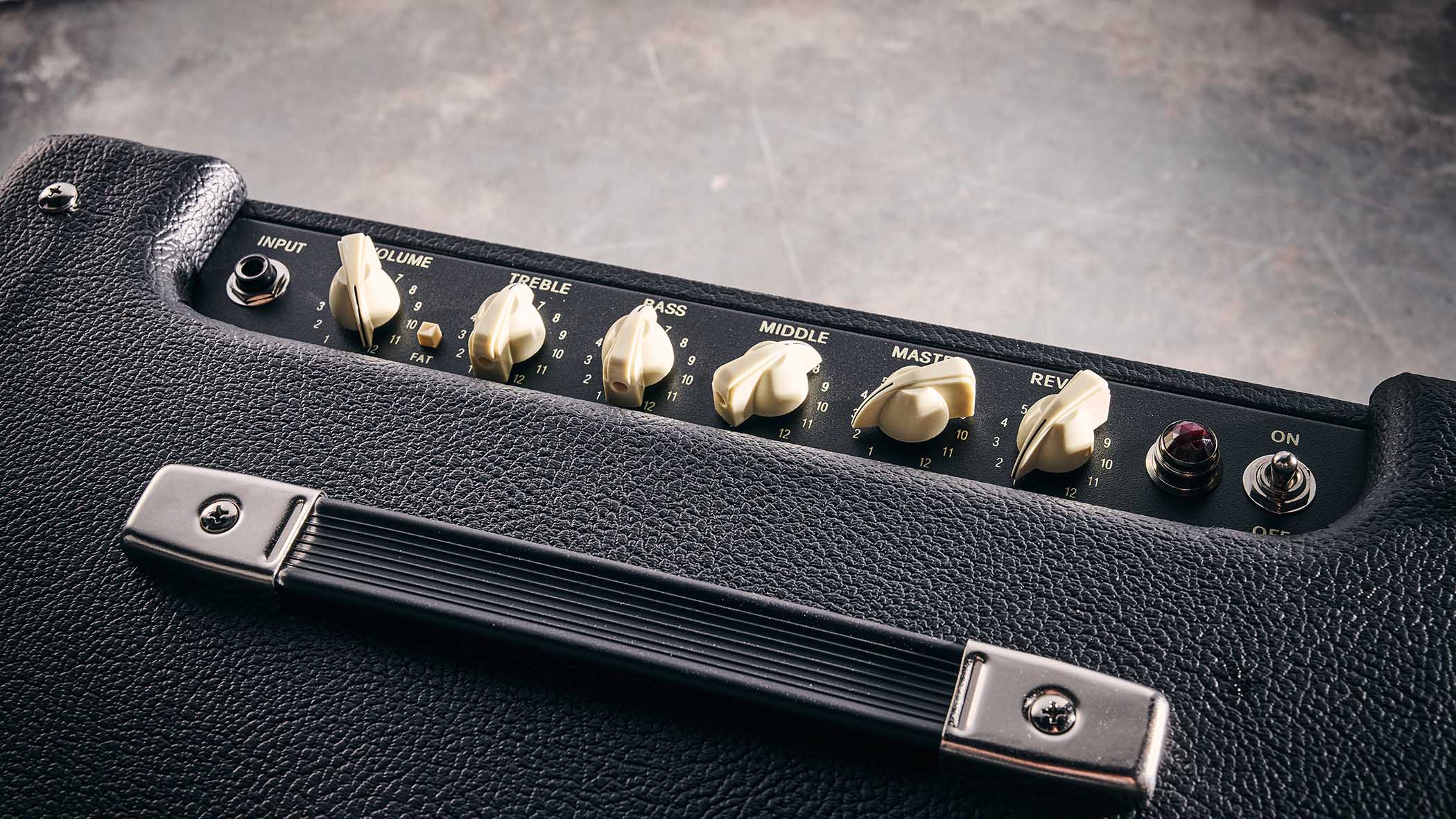
Back in the early ’90s, Fender was still kind of fresh out of the CBS years, when the tube amp line had been gutted. Mike saw that Fender’s history was in tube amps like the old Deluxes and Princetons. Those were the glory years and he wanted to capture the essence of that era but make something new that was affordable and more flexible, tone-wise.
As part of Fender’s Tweed Series, the idea was to bring tubes back to Fender amps and make them affordable and versatile. The Blues Junior had the Fat switch, so you could engage a little boost, make it break up sooner or use it as a kind of lead boost.
On the original Tweeds it was pretty much, turn the volume way up and then you get distortion. The whole concept with the Blues Junior was to give players classic Fender tone but also something that adapts to modern players.
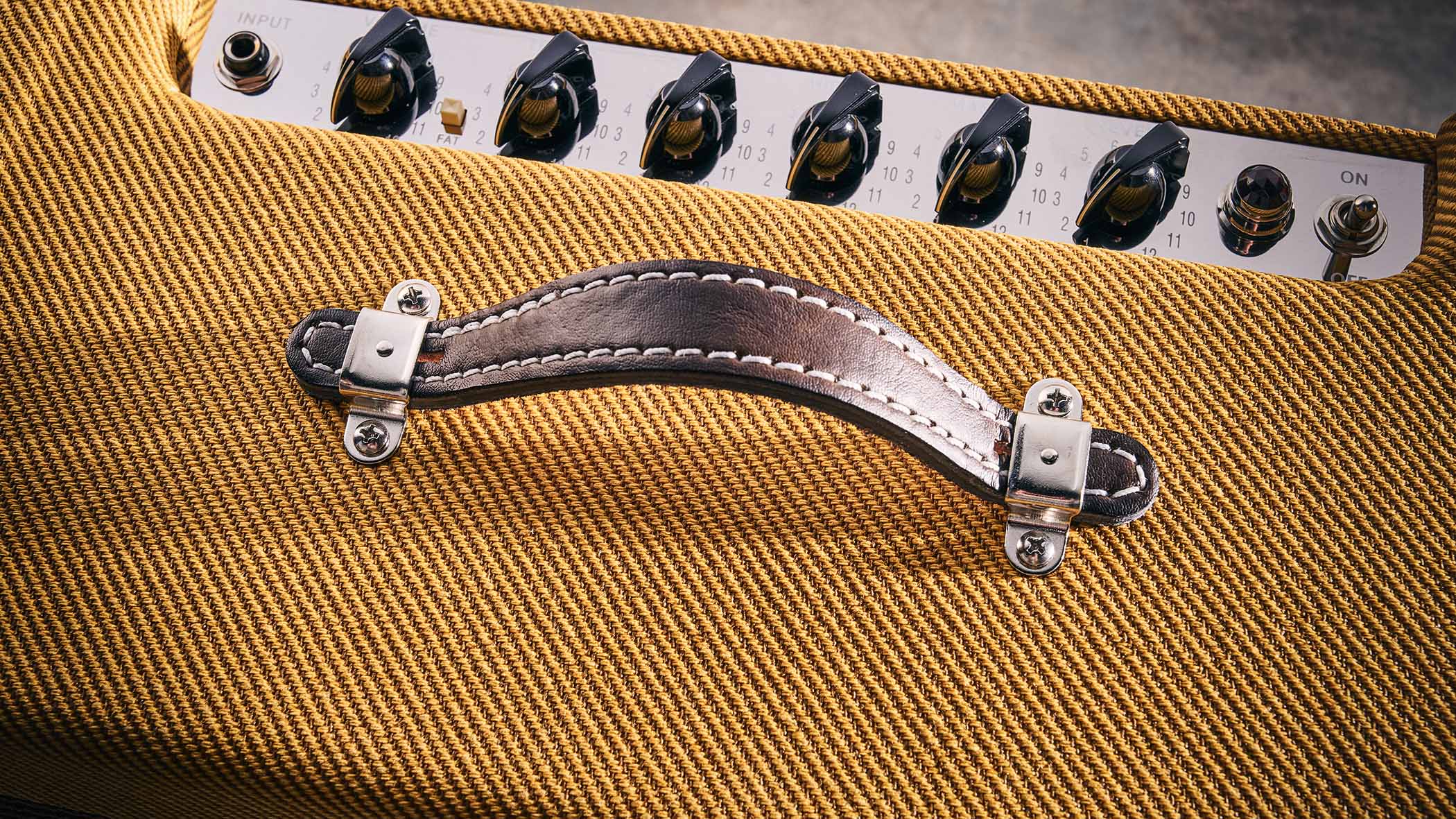
So was affordability always part of the amp’s concept?
Yes. Mike really wanted tube amps to be affordable for gigging musicians. At that time, I think they may have been around $399 retail. He wasn’t trying to make them cheap; he just wanted working players to be able to afford them and for them to be road dogs that were gig-ready and reliable.
We still try to keep them affordable today. The Blues Junior has often been someone’s first step into the world of tube amps and we want to keep it that way.
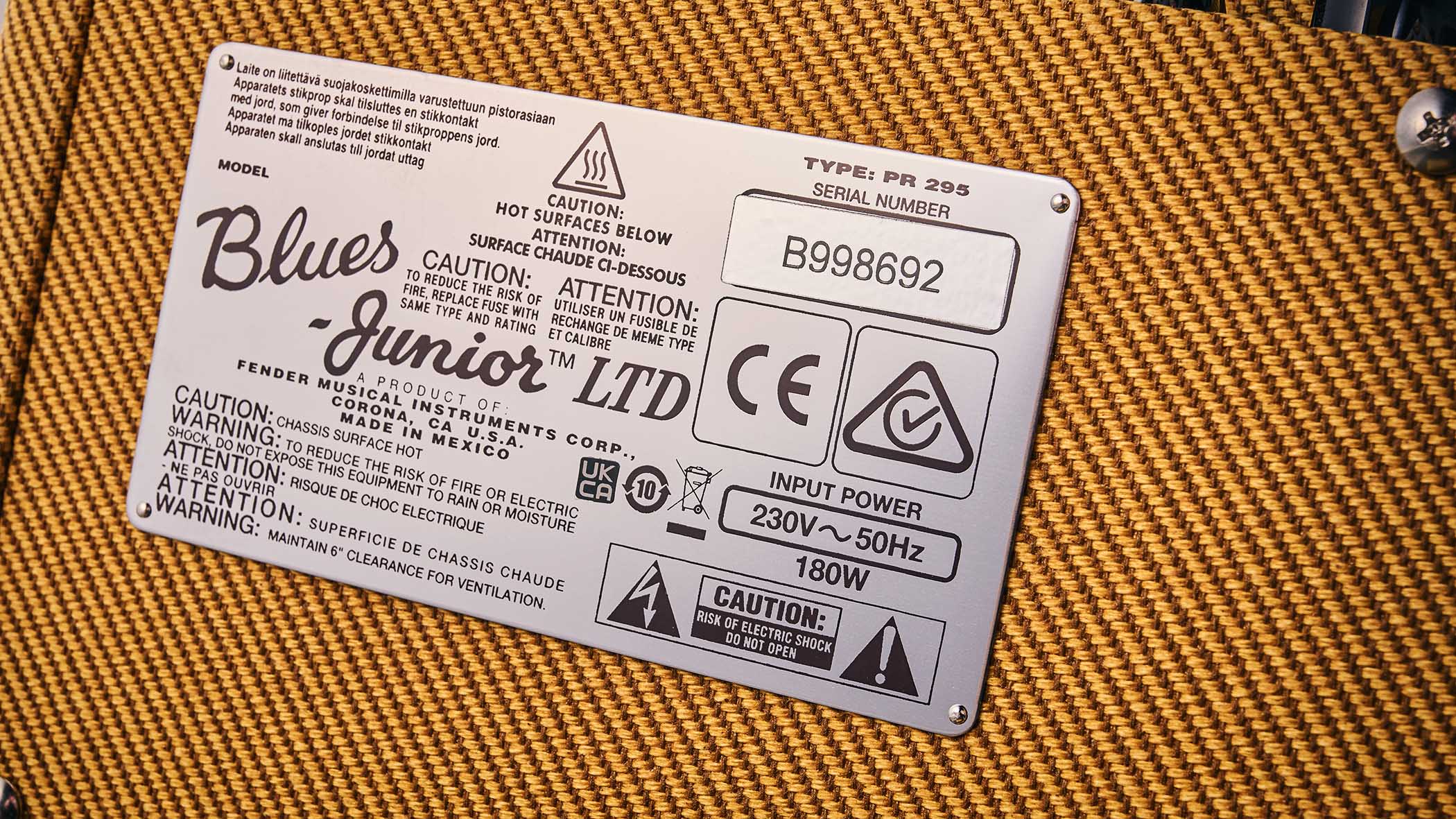
EL84s were unusual for Fender at the time. Why those valves?
That’s a good question because Fender is known for 6L6 and 6V6 tubes. I think Mike loved the way EL84s sounded.
They have sparkle, touch sensitivity and a dynamic response that really rewards players who use their volume knob and pick attack. 15 watts is also a sweet spot: loud enough for clubs if your drummer isn’t crazy and quiet enough for recording.
There were also times when sourcing 6V6s or 6L6s was difficult. Tube shortages happen. I know even Marshall stopped using EL34s for a while because they couldn’t get them. So there may have been a practical reason, too. But the way Mike voiced it, even with EL84s, the Blues Junior still has Fender DNA. It’s got that clean-to-crunch character.
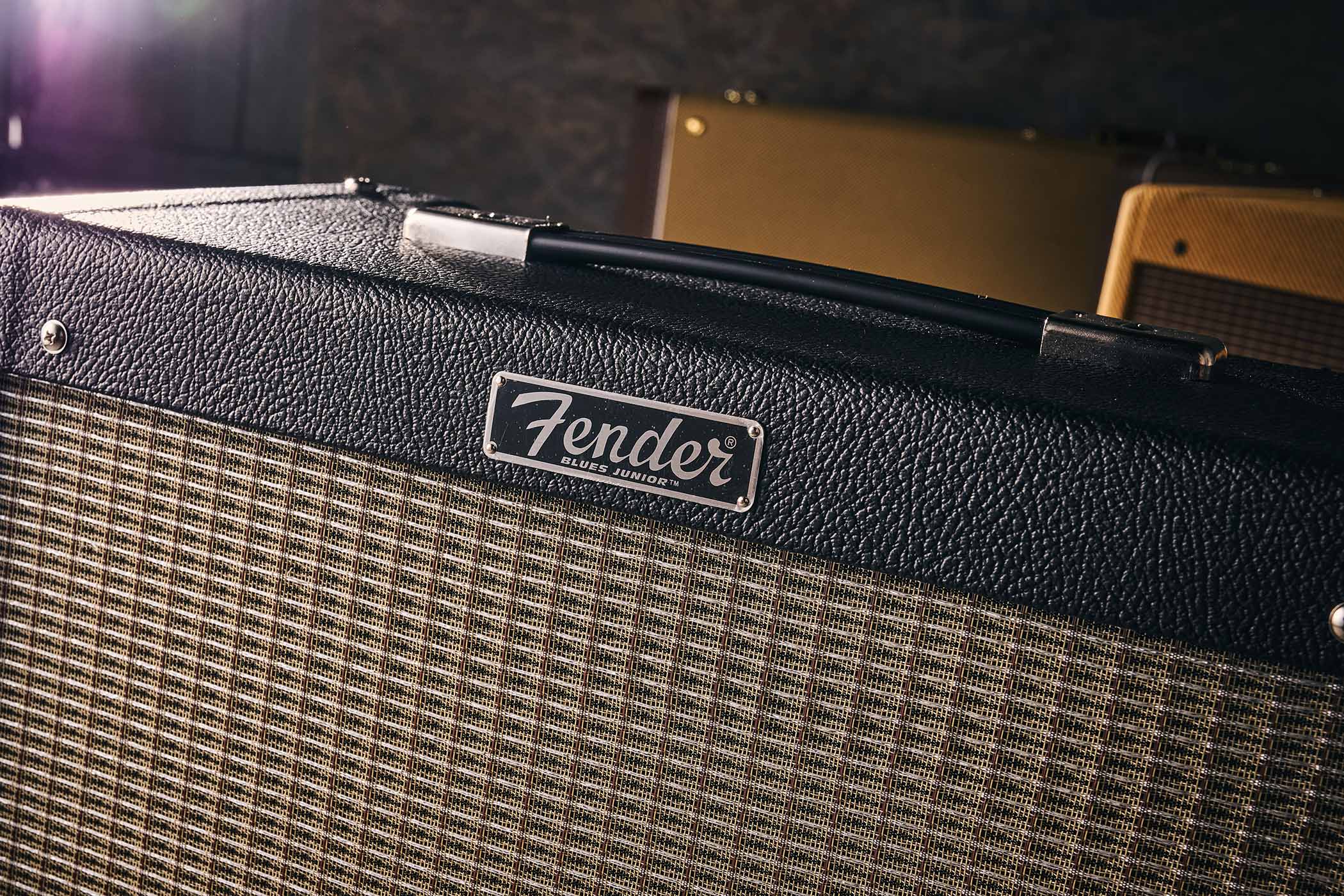
The Blues Junior has seen several updates since its debut. Can you walk us through the key changes leading up to current version IV?
The Blues Junior is like a Strat. You don’t mess with something great; you just refine it. Over the years we’ve made small but important tweaks. Early ones ran hot, so we added an adjustable bias so they wouldn’t burn through tubes as fast.
We worked on the reverb because with a smaller cabinet the pan is smaller, and players told us they wanted a more lush sound. We adjusted EQ here and there to bring out the best balance. There have been cosmetic changes, too, with different handles and small trim things. Sometimes they’re just subtle changes.
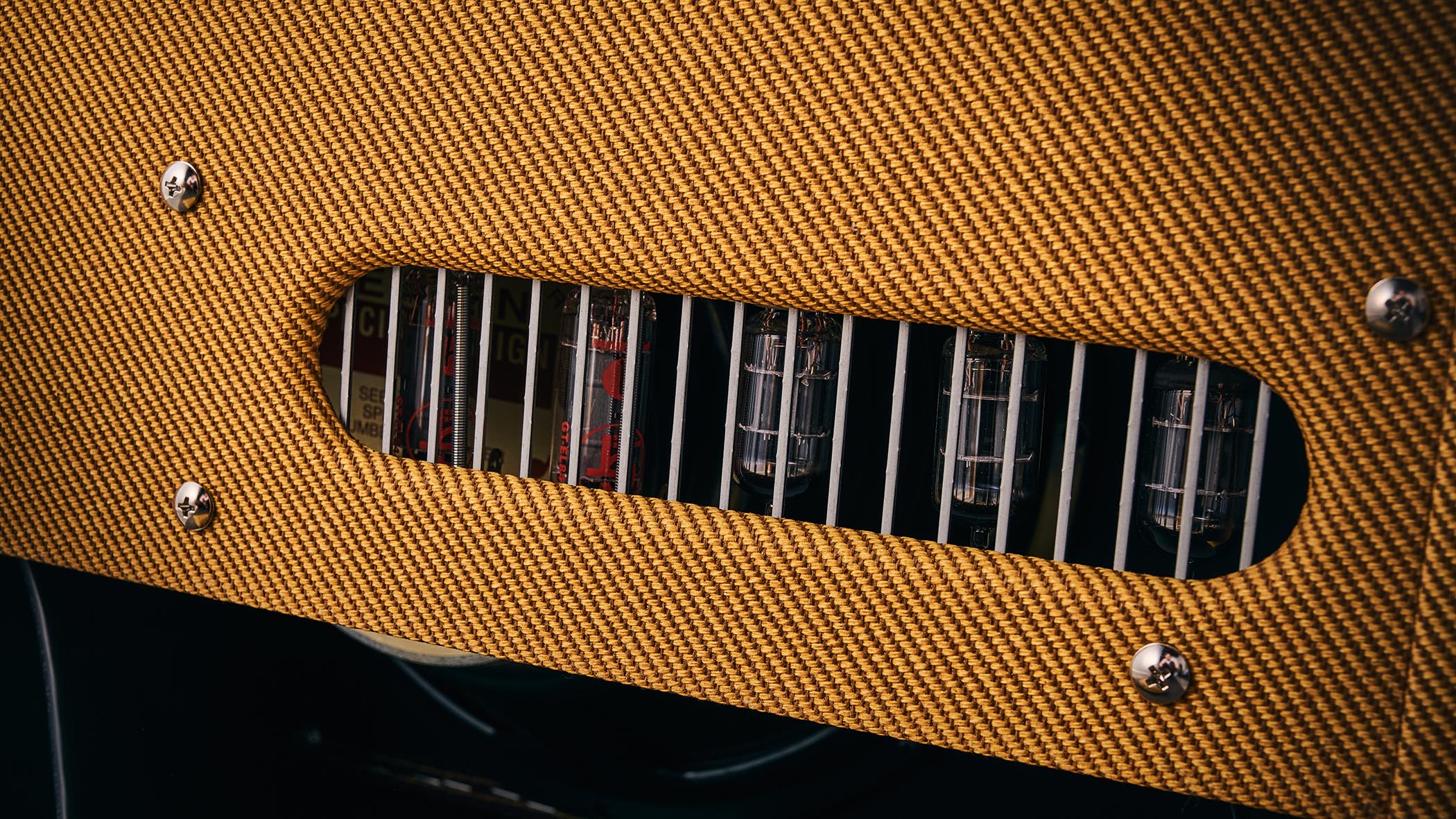
I oversaw the development of the version IV so it’s kind of my baby. Now it has improved reverb, it runs cooler, slight EQ tweaks. Nothing radical but enough to make it feel more dialled in.
How much of the amp’s evolution came from player feedback?
A lot, actually. It was the players that told us the early ones were running hot, so we added adjustable bias. They wanted more lush reverb, so we refined the circuit.
Even small cosmetic changes like handles and trim came from feedback. We listen closely because the Blues Junior is a player’s amp. It’s not meant to sit in a glass case. It’s meant to be used and players aren’t shy about telling you what they need from it.
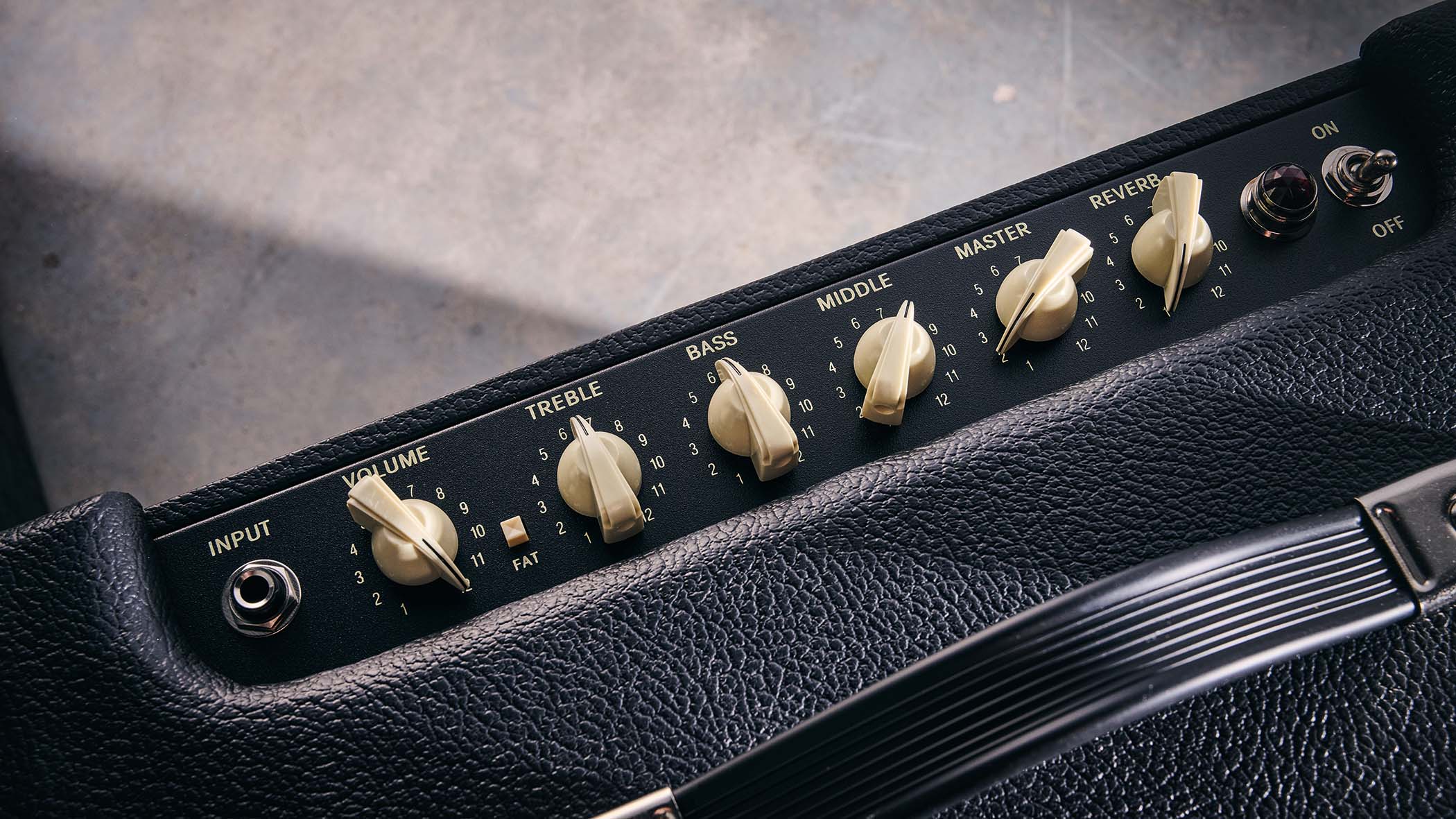
Fender has released a lot of special runs over the years. Do any particular runs stand out?
I’ve been the guy doing those FSRs [Factory Special Runs] for the past 15 years, and we’ve done a ton of different colours, speakers, coverings. The one that stands out most is the Whiskey Barrel Junior we did about a decade ago.
We got old whiskey barrels from major distilleries, built cabinets from them, even added barrel bands, and then aged and patinated the amps so they looked amazing. That’s one of my big regrets, not keeping one, because now they’re really collectible.
We’ve also used lots of different speakers: Celestion Greenbacks, Vintage 30s, Creambacks; Jensens, both Alnico and ceramic; Eminence Cannabis Rex, Red, White & Blues and so on. The speaker is the easiest way to change an amp’s character.
Each one imparts its own flavour. Personally, I like Celestions for my style, which is why the Anniversary model has a [G12M-65] Creamback. But we’ve worked with all the big three: Celestion, Jensen, Eminence.
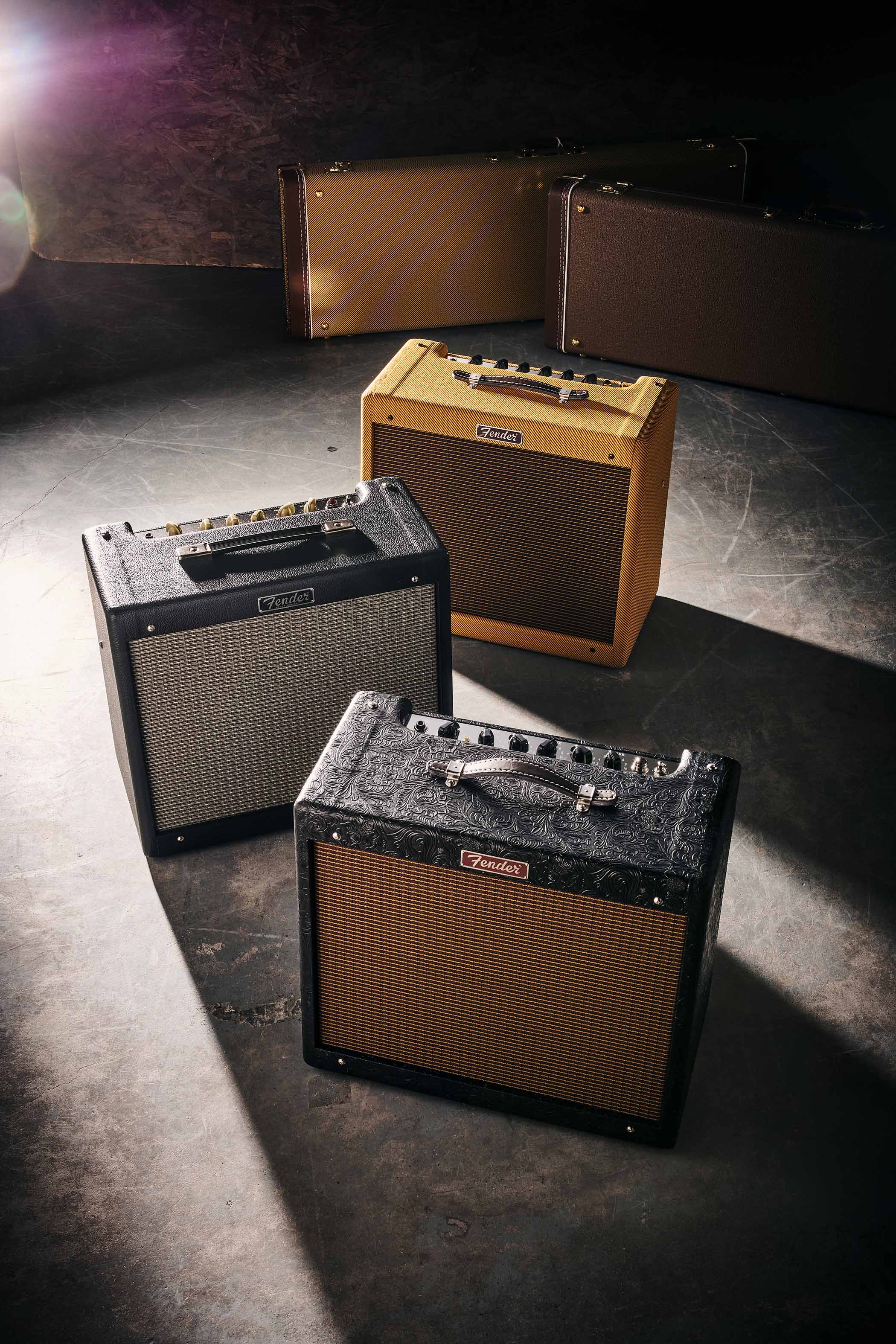
There’s a huge modding scene around the Blues Junior. What’s your take on that?
Diplomatically, I’d say people are always chasing tone. They think mods will get them closer to the sound in their head. I’ve played modded Juniors and they can be cool, but personally I’ve never needed to mod mine. I can always get what I need by adjusting knobs and my playing and with pedals.
That said, I understand why people do it and more power to them. The only downside is you’re out of warranty the moment you start swapping parts, and safety is always a concern. But the fact that there’s such a big modding culture shows how much people love the amp.

What made this the right time to release a commemorative edition?
Well, 30 years is a long time for any amp! And the Blues Junior is probably the most-bought Fender tube amp of all time – and that includes the vintage ones. So it deserves to be celebrated. They’re ubiquitous. They’re everywhere.
For this edition, we didn’t touch the circuit. The changes are about appointments: Western-tooled black vinyl, ’59 Bassman grille cloth, a leather handle, a commemorative badge and, of course, the Celestion Creamback. That speaker really elevates the amp and sounds really good.
If you’re running pedals or playing dynamically, it gives you great articulation and headroom. I’ve been playing one at home with both guitar and pedal steel, and it just sounds fantastic. We’re only making them until the end of the year and they come with a certificate of authenticity. They’ll be collectible down the line, no doubt.

Where do you think the Blues Junior sits in Fender’s amp history?
I’d put it right alongside any of the classic Fender amps. I think it earned that right. It’s been around longer than some of those vintage production runs. They’re in clubs, backlines, studios – you see them everywhere.
If you’re a pedal player, it’s a great platform. If you’re a plug-straight-in player, it responds to your touch
It’s also a great pedal platform amp. With pedals being so popular now, the Blues Junior gives you options: run it clean, run it dirty, let the pedals do the gain or crank the amp. It’s flexible, portable and still has that Fender DNA. It’s got the cleans, the reverb – it’s the classic ‘American’ tone.
Why do you think the Blues Junior has endured for so long?
I think because it strikes a balance. It’s affordable but not cheap, portable but not underpowered, simple but not limiting. It’s a grab-and-go amp that still sounds like Fender.
If you’re a pedal player, it’s a great platform. If you’re a plug-straight-in player, it responds to your touch. It doesn’t pretend to be something it isn’t. It just does its job really well. That’s why you still see them everywhere.
- This article first appeared in Guitarist. Subscribe and save.
Charlie Wilkins, known as “Amp Dude,” is a seasoned guitarist and music journalist with a lifelong passion for gear and especially amplifiers. He has a degree in Audio Engineering and blends technical expertise with a player’s insight to deliver engaging coverage of the guitar world. A regular contributor to top publications, Charlie has interviewed icons like Steve Stevens, Jared James Nichols, and Alex Lifeson, as well as guitar and amp builders shaping the future of tone. Charlie has played everything from thrash metal to indie rock and blues to R&B, but gravitates toward anything soulful, always chasing the sounds that move people.
You must confirm your public display name before commenting
Please logout and then login again, you will then be prompted to enter your display name.

